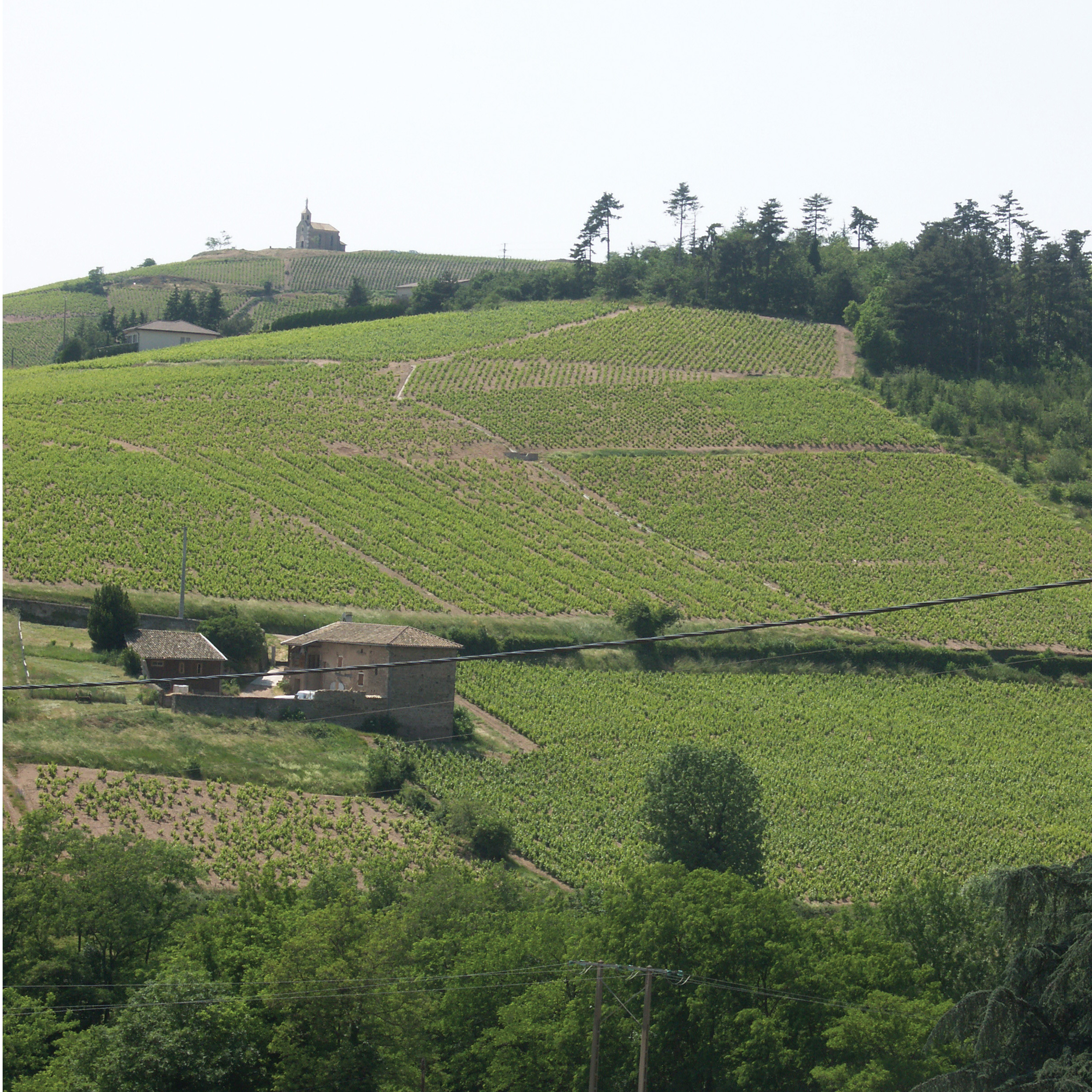In the late 14th century, the Black Death wiped out much of Burgundy’s population, leaving in its wake a devastated economy and a labor shortage. It was a time when locals began planting more gamay—a natural cross between pinot noir and gouais blanc—which was easier to grow, less labor-intensive…
To read this article and more,
subscribe now.
To continue reading without interruption, subscribe and get unlimited digital access to our web content and wine search.
This story appears in the print issue
of October 2017.
Like what you read? Subscribe
today.
















